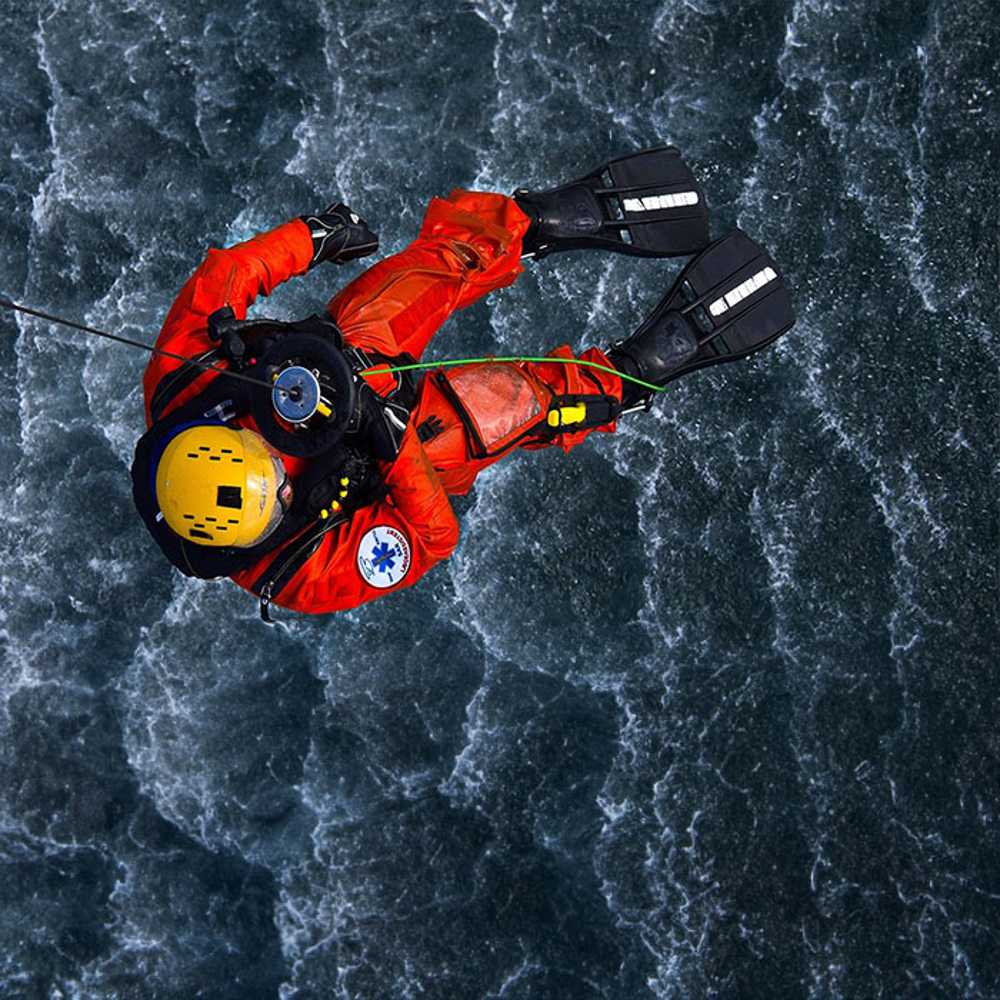LR's Maurizio Pilu, VP Digital Innovation, and Steve Price, LR Accelerator Programme Manager, discuss ways we can use digital innovation to help solve some of the wider human safety challenges facing the marine industry.
What's currently preventing the adoption and faster uptake of digital technologies to tackle these safety challenges?
SP: The main barriers highlighted in our Survey were measurable Return On Investment (48%), the cost of running pilot projects (40%) and other competing business priorities (37%). Our research shows that safety is something that marine operators say they are very passionate about - they want their people to do their jobs safely and go home each day - and they are already doing a lot. But one of the question is always: can we do more? What can we do?
How can organisations overcome these obstacles?
MP: Organizations are keen to explore how digital innovation can increase safety. What we found, through our innovation and co-creation projects, is that there are a number of barriers to testing new technologies but best-in-class methodologies can be used. The agility to start small but think big is one such best practice – making the case for a £50k pilot programme is very different to making the case for a £1m rollout. Also, pilots need to have a clear proposition they are testing, targeting the problem precisely and not trying to do too much at the outset. Having a clear strategy and obtaining senior level buy-in for implementing them if the outcome of the pilot is successful is also important - without this, pilots often hit the buffers later on. This requires innovation teams to clearly evaluate the outcome of a pilot and assess how it can improve a business' performance or safety. Above all, organisations need to be clear about their strategic aims and focus on solving real business problems and safety challenges and avoid exploring new technologies and digital solutions for their own sake.
"Organisations need to focus on using innovation and digital solutions to solve real business problems and safety challenges."
What other changes could see safety improvements in the industry?
MP: The major challenge for human safety is the humans themselves - people making mistakes, which we've discussed earlier. Some argue that in the future this problem will be mitigated by increased autonomy but a more achievable and pragmatic solution is to assist humans with technology that can help avoid mistakes or avoid dangerous situations altogether. Examples of this are the use of drones to survey dangerous structures, the use of sensors and predictive analytics, and wearable technologies, which are areas we are actively exploring at LR. Some of these technologies, such as wearables, open up issues with privacy but attitudes are changing and industry and technology companies should be working together to find the right solutions in the common interest to improve safety.
SP: Autonomy is a hot topic in various industries, and safety is top of the agenda. The LR Foundation has recently awarded a £10m grant to the University of York for research into the safety of autonomous systems. How do you know if the piece of software running your autonomous ship is reliable and safe? How can it be certified? Some of it is subjective and comes down to people's perception of risk, which can be wrong sometimes: most people think getting in their car is safer than flying but that's false. At LR, one of the things we focus on is the perception of risk and ensuring our clients understand what the real risks are based on evidence and data, not anecdotes or preconceptions.
"Industry stakeholders must work together to find acceptable solutions to the use of wearable devices to provide breakthrough improvements in safety critical industries."
Are there any short-term improvements that operators could adopt?
SP: More sharing of information about accidents and near-misses is one thing, which would make an immediate difference - in the same way that railway operators and airlines do – and this can improve safety. An example of this is HiLo. We also need to consider how we can 'democratise technology for safety' so that smaller operators such as those in the fishing industry or small ferry companies can also benefit from the advances in digital innovations that are starting to be adopted by bigger operators with larger budgets and resources.
MP: Some safety regulations can, over time, become barriers to innovation in safety. One of the longer-term changes which could drive big benefits for the industry is for regulators to work with industry and other stakeholders to become 'enablers' of innovation in the marine and other safety critical industries. Certain types of industry-wide pilots could enable faster adoption of digital innovations to help improve human safety.
"Regulators could be key to faster adoption of digital technologies for safety in the marine and other industries."










